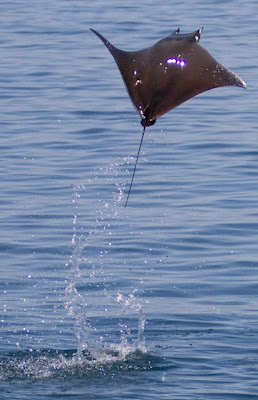The glass case was dusty, its contents looked half forgotten, but the shop keeper pulled out several of the pearl earrings for Meri and I to inspect. The pearls were black and iridescent, and based on the shape and texture they seemed real enough. The jewellery, the shop keeper told us, was made by prisoners in the Santa Rosalia jail. The pearls, he said, came from the Sea of Cortez
The pearl is part of the Sea’s almost forgotten history. From 1500 to 1800 Mexico Sea of Cortez Spain , England , Holland and Russia
‘Pearl fever’ outstripped the ability of the “Sea of Pearls
In 1893, the world’s first commercial cultivated pearl oyster farm was started on Isla Espiritu Santo, near La Paz
When the Mexican revolution came, the pearl farm was destroyed. In the decades that followed there were a few poorly executed efforts to rekindle the pearl industry. But for the most part Cortez pearls were forgotten. The oyster beds became extinct and the fabled black pearls of Tahiti (which are not as luminous or colourful as Cortez pearls) took their place in the market.
Knowing this history made me question what I was seeing in that half-empty Santa Rosalia shop that also sold discount flip fops, faded pool toys, and clothes pins. The pearls were imperfect, their shapes irregular and the colours ranged from grey-green to charcoal—but all had the same kind of glowing opalescence that once entranced royalty.
After checking online for pictures of the Cortez pearl, it seemed as though Meri and I had stumbled across something a bit mysterious. We questioned the shop keeper carefully—but all he knew, or could tell us, was that the pearls were local. Who harvested them and whether they were natural or cultivated, we never learned.
A few fishermen still find natural pearls, though not in the numbers they once did. Rumour is they guard their secret oyster beds and the best pearls quickly find their way to dealers of rare gems. Cultivated pearls are grown in two locations; there is a very small government facility near La Paz
The Santa Rosalia pearls though, they remain a mystery. They cost a fraction of the cultivated Perlas del Mar pearls and are not nearly as perfect. It also seems unlikely that they are natural pearls, there are too many of them. So we have no idea where they are actually coming from.
**The update is we were taken. The pearls are your standard issue Chinese freshwater pearl which are dyed using a variety of nasty techniques to look black.

















































